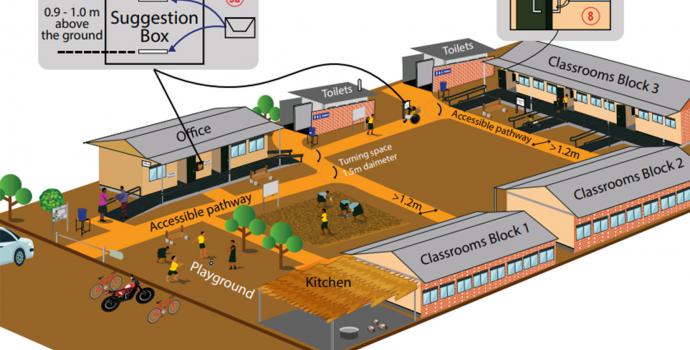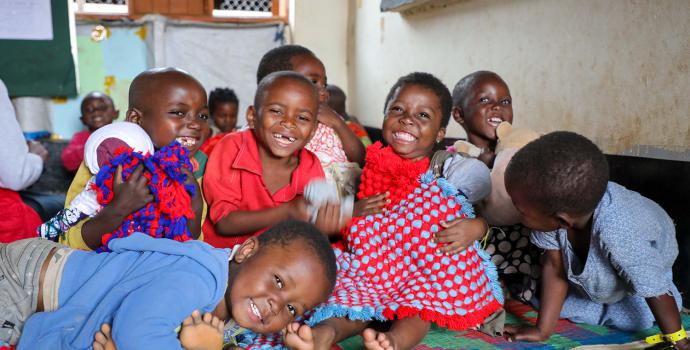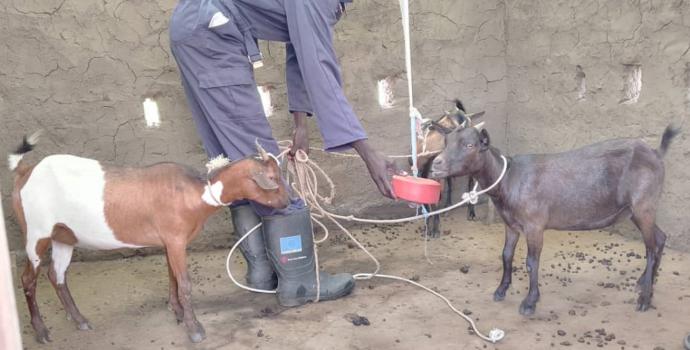“I SAW SOLDIERS BURN OUR NEIGHBOUR’S HOUSE”: THOUSANDS OF CHILDREN DISPLACED BY WAR IN CONGO

“I saw the soldiers burning our neighbor’s house. My mother grabbed me and my siblings then we started running to the bush,” narrates Mary*, 12, a refugee from DR Congo living in Nyakande camp with her mother and siblings.
Mary and her family are among the over 22,000 refugees that have fled intensified fighting in North Kivu and Ituri provinces of the Democratic Republic of Congo (DRC) Since March 28, through Bunagana border in Kisoro District, southwestern Uganda. For two months now, Save the Children (SCI) has been responding to the emergency and has so far supported 19,000 children with child protection services and 658 pregnant and lactating mothers with nutrition and health education interventions.
At the onset of the influx, the new arrivals took refuge at Bunagana Primary School and the surrounding communities as they assessed the possibility of returning home. But this became overwhelming for the host communities as Barbra Nyamwiza, Save the Children’s Response Team leader in Nyakabande, explains.
“Classrooms of schools at Bunagana border were turned into shelters overnight and this affected the education of the children within the host communities. At the time, learners were preparing for end-of-term exams. These had to be halted until the situation was stabilized. Hospitals were equally filled up,” she said.
How save the children is responding
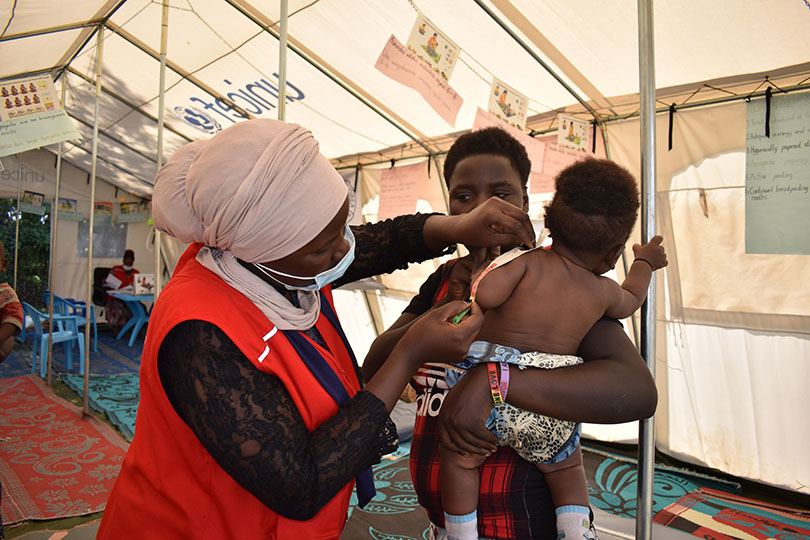
On a daily basis, Save the Children supports individuals through nutrition interventions and child protection services that include family tracing and reunification, identification and screening of children at risk like unaccompanied minors, children living with elderly caretakers, and children with special needs.
“We have mother-baby areas in both the transit and holding centers where we screen children 6-24 months of age everyday to monitor their growth and development,” said Asa Nakakande, SCI Program Officer – Nutrition (in picture above).
“When we identify a child with acute malnutrition, we refer them to our partners who give support through providing child nutrition supplements,” she added.
Within both the transit site and the holding center, SCI has stationed three child protection desks with 15 caseworkers to support children as they arrive in the camp. SCI caseworkers conduct daily shelter visits to assess the children’s welfare and to ensure every child is getting the support they need.
One such case is John*,10, an unaccompanied minor who was identified and supported to find a temporary foster family. Due to epilepsy, John would find it difficult to freely play with other children which affected his socialization skills.
“John was afraid that other children would laugh at him in case he got an attack while playing but I am glad the facilitators at the child-friendly space keep encouraging him to participate in different activities,” said Ushindi*, John’s foster father.
According to Ushindi, the CFS and the care that John receives from the caseworkers has helped him relax. During the day, John can be seen moving a lot with the caseworkers because he feels safe around them. Ushindi says John has suffered three attacks so far while under his care and on each of them, he always notifies SCI caseworkers who quickly get him the medical attention he needs.
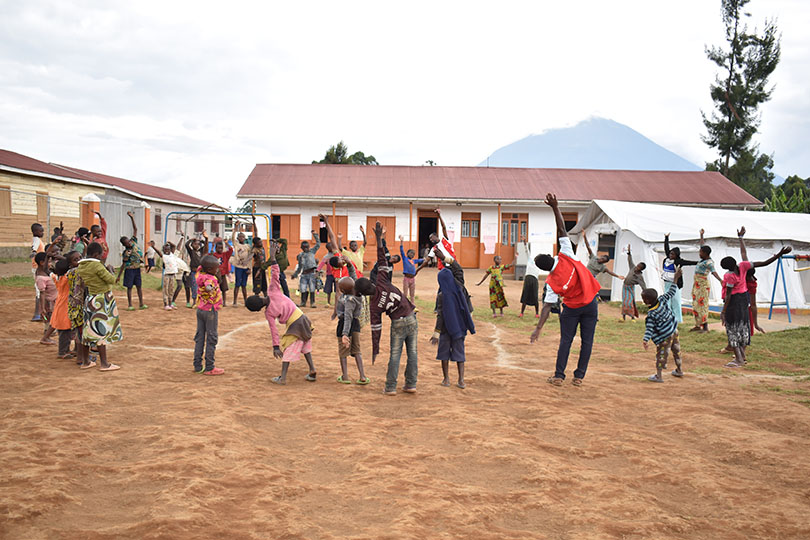
Journey to relocation
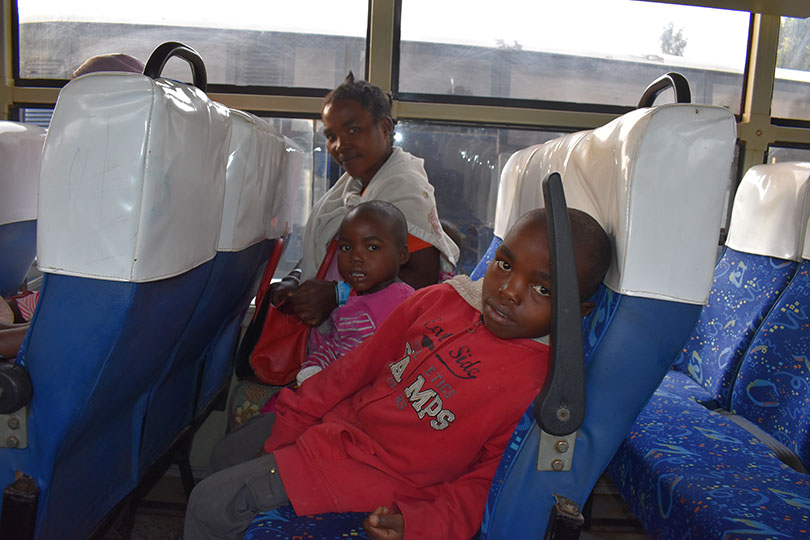
When children are preparing to be moved with their families to the settlements, SCI supports them by giving them kits to make settling in the new location easier. The kits contain a pair of sandals, a dress or pair of trousers and shirt, a sweater, sanitary pads for the girls, a toothbrush, and toothpaste. Due to lack of funds, these kits, however, are currently only being given to the most vulnerable children who at the moment are the unaccompanied minors, Nyamwiza explains.
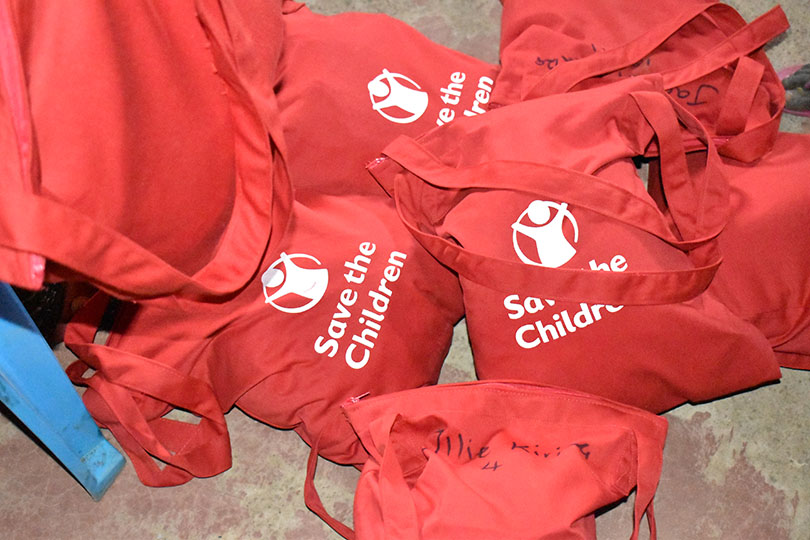
Within the camp, children can be seen sleeping on bare ground. Having clothes to change into is a luxury for many and some children are allergic to the food provided in the camp as Mary reveals.
“I miss eating whatever I wanted back at home. I am allergic to posho and yet it’s the only food served here so I only eat the sauce which is beans,” she said.
When ministers Esther Anyakun, State minister for Disaster Preparedness and Refugees, and Sarah Nyirabashitsi Mateke, State minister for Children and Youth visited Save the Children’s Child-friendly Space (CFS) at the transit center, they applauded the team for the psychosocial support that they are offering to children through the TEAM UP therapy sessions held at the center everyday.
In addition, Ms Anyakun urged SCI to increase sensitization on the availability of access to education within the permanent settlements of Nakivale and Rwamwanja where refugees are relocated when they’re moved from Nyakabande.
“We have quite a number of children of school-going age at the transit site but they are not getting the education support they need here yet there are a lot of education opportunities in the permanent settlements,” she said
For Save the Children, every child has a right to survive, learn, and be protected. With no certainty about when this will end, hundreds of refugees continue to flee into Uganda which calls for more support in order to continue delivering life-changing interventions to the people affected by the conflict.
Population update
- As of May 29, the total number of refugees transported and received was 184 individuals which brings the number to an estimated 26,624 people received at both the holding and transit centre since March 28. And the total population at both the holding and transit centre was estimated at 19,013 (16,481 at holding centre and 2,532 at the transit centre).
- Office of the Prime Minister registered 36 families of 69 individuals and the cumulative total ready for the relocation was 463 individuals of 236 households.
Nutrition
- Cumulatively, Save the Children has enrolled 2,023 pregnant, lactating women and children under 2 years and have been reached and supported with a comprehensive IYCF-E package at Nyakabande holding center. The package includes; breastfeeding assessment and support, nutrition/health education, one-on-one and group counseling, malnutrition screening and referral, mother-baby pair play sessions, and resting and psychosocial support, among others.
- Currently, 79 beneficiaries (66 mother-baby pairs and 13 pregnant mothers) have accessed MBA for IYCF-E-services with 27 new enrolments and 52 follow-ups.
Child Protection
- Save the Children, together with partners, CAFOMI and ALIGHT identified 13 children at risk at both the transit centre and holding area. The cumulative total since March 28, is Unaccompanied Children (876) Separated Children (233) Other Children at Risk (76).
- A total of 2,073 children (974girls, 1099boys) have attended and participated in various activities at both Child-Friendly Spaces’ (transit and holding area). For 0-5 years 556 (282girls, 274boys) attended, 6-11 years 747 (365girls, 382boys) and 12-17 years 770 (327girl, 443boys).
- A total of 38 children (20girls, 18boys) were enrolled at both CFS’. For 0-5 years 09 (04girls 05boys) were enrolled, 6-11years 16 (09girls, 07boys) and 12-17years 13 (07girls, 06boys) were enrolled for CFS activities.
